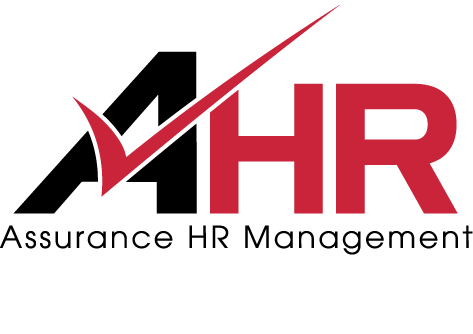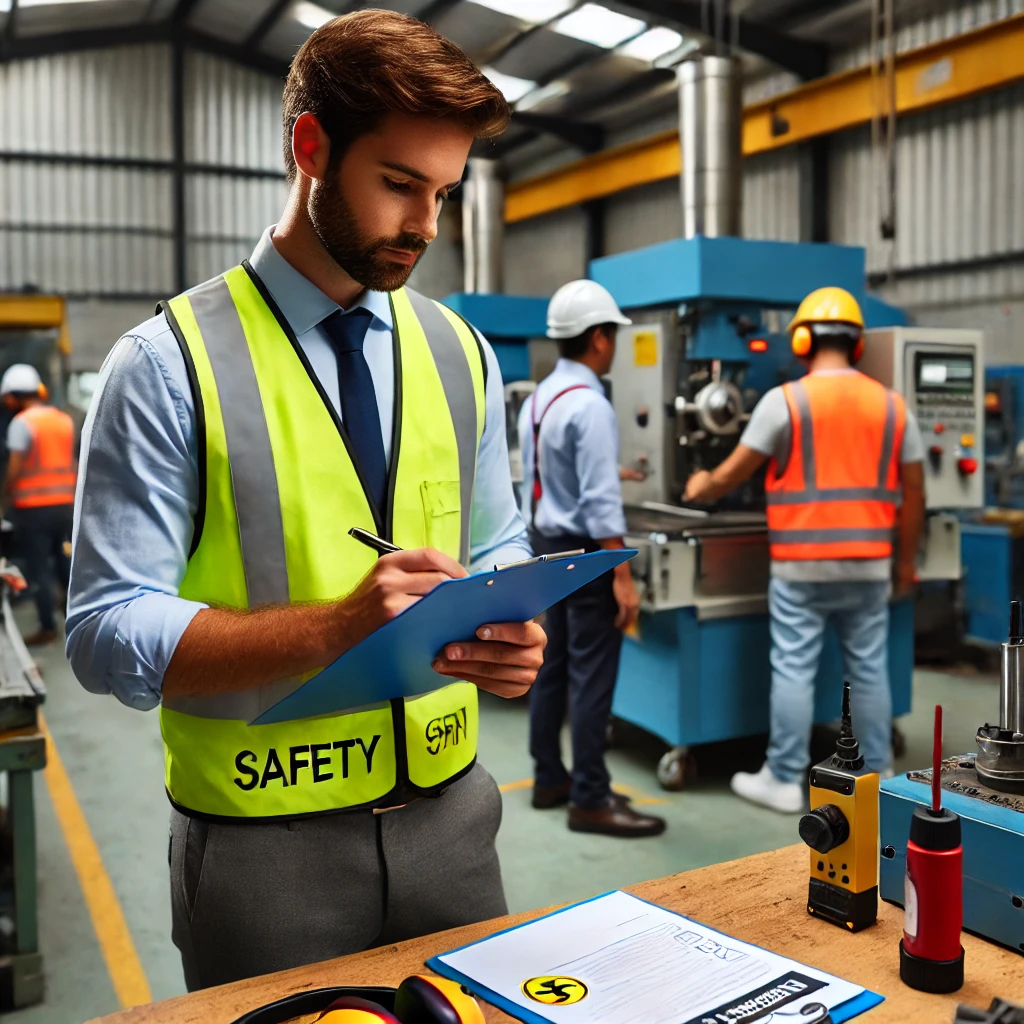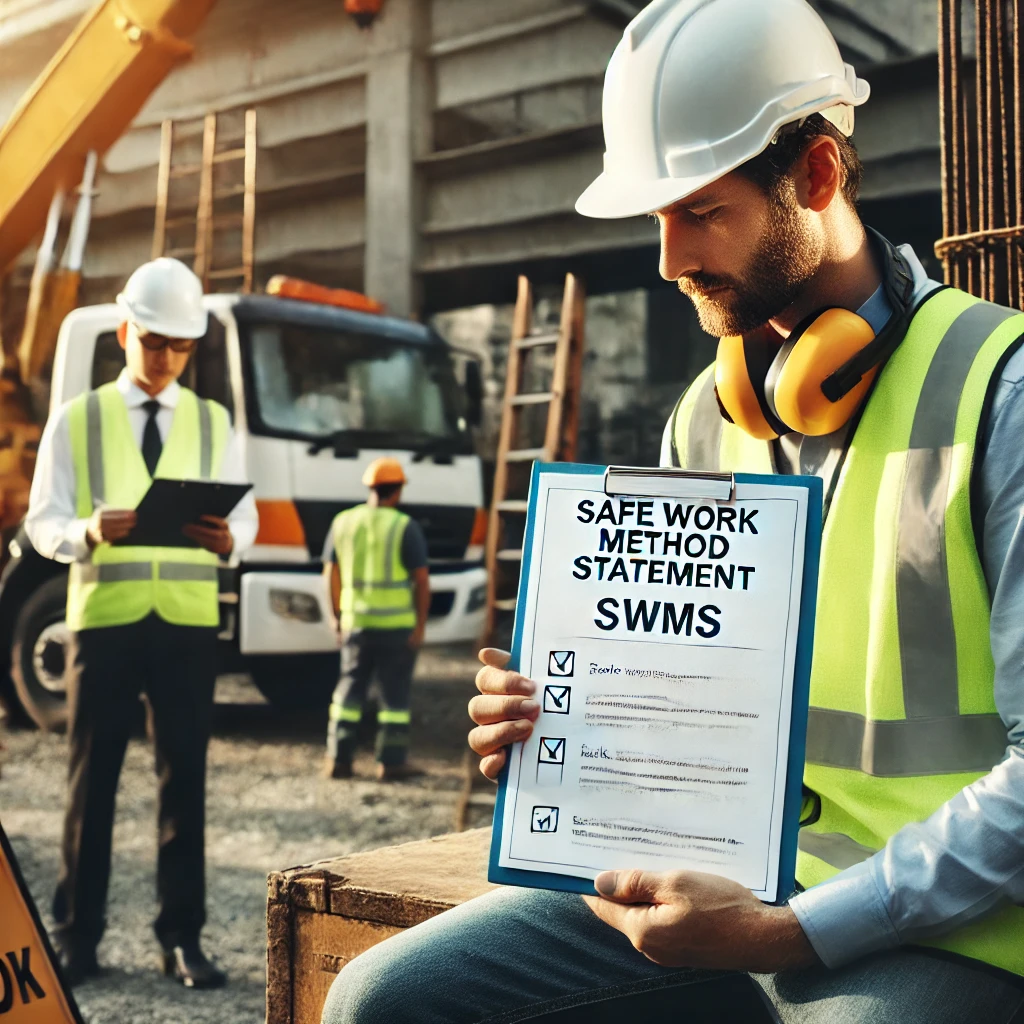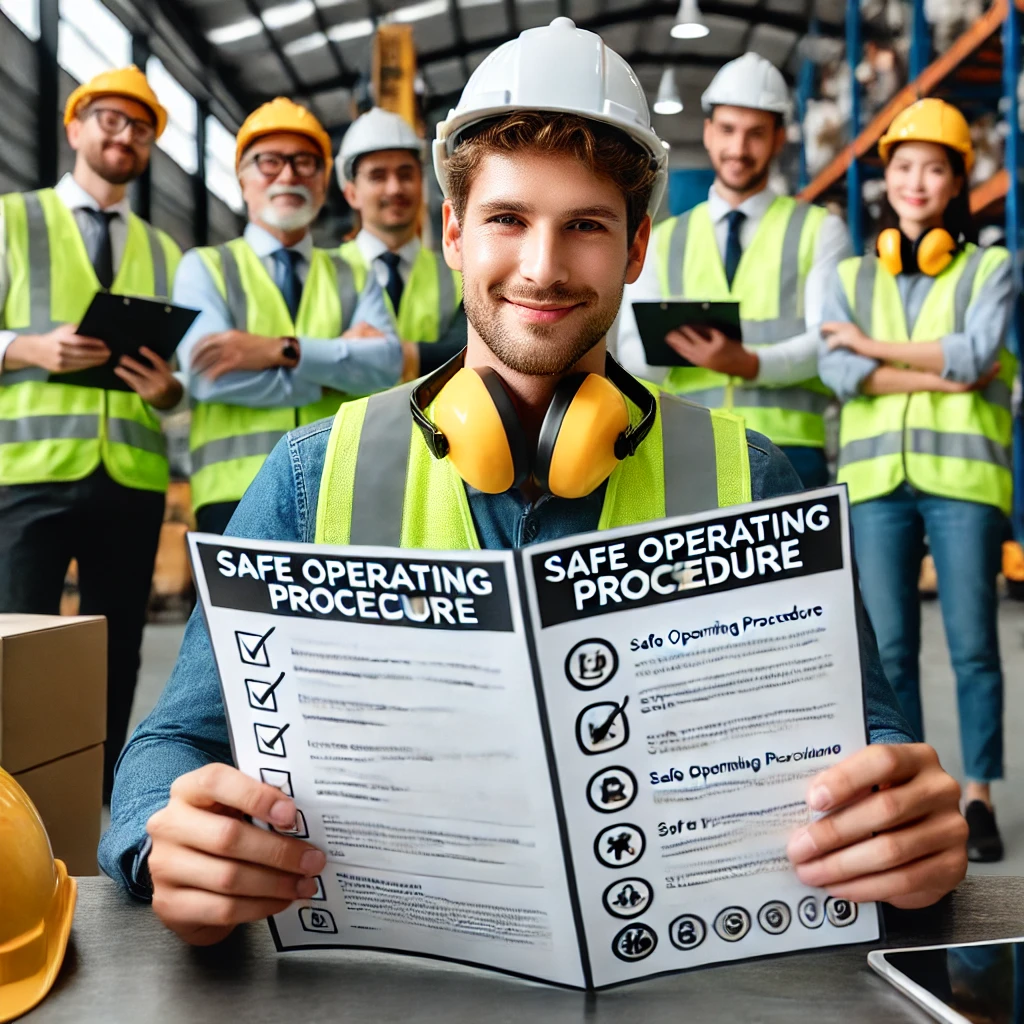WHS: Understanding the Industrial Manslaughter Laws in Tasmania
Workplace safety is more than just a regulatory requirement—it’s a moral responsibility. In Tasmania, the introduction of Industrial Manslaughter laws has placed a significant spotlight on this issue, holding employers and senior officers accountable for workplace fatalities. The consequences of non-compliance are severe, underscoring the need for robust safety measures in every workplace.
What Are the Industrial Manslaughter Laws?
The Industrial Manslaughter laws in Tasmania are designed to ensure that businesses prioritise the safety and well-being of their workers. Under these laws, employers or senior officers can face prosecution if a worker’s death results from a workplace safety breach caused by negligence or recklessness. Penalties for violations include substantial fines and, in extreme cases, imprisonment.
These laws reflect the government’s commitment to ensuring that workplaces are safe and that those in positions of authority are held accountable for preventable tragedies.
What Does This Mean for Your Business?
For SMEs, complying with these laws can feel overwhelming, especially with limited resources. However, the stakes are high, and the consequences of non-compliance can be catastrophic, including:
- Devastating financial penalties that could cripple your business
- Legal proceedings that damage your reputation
- Emotional and psychological toll on workers and management
The introduction of these laws highlights the need for a proactive approach to workplace health and safety. Risk assessments, clear safety protocols, and regular training are now more important than ever.
What Do SMEs Need to Do to Ensure Compliance?
To stay compliant with the Industrial Manslaughter laws, SMEs need to adopt a systematic and proactive approach to workplace safety. Here are the key steps every SME should take:
- Conduct Comprehensive Risk Assessments: Identify all potential hazards in your workplace and evaluate the associated risks. Regular assessments ensure new risks are promptly addressed.
- Update Safety Documentation: Ensure that your workplace policies, procedures, and safety manuals are up-to-date and reflect the latest regulations and best practices.
- Provide Regular Training: Equip workers and management with the knowledge and skills to operate safely. Training sessions should cover workplace hazards, emergency procedures, and the responsibilities of both workers and employers.
- Perform Regular Site Assessments: Conduct routine inspections to identify unsafe conditions or practices. These assessments help to ensure that safety measures are consistently implemented and effective.
- Establish a Safety Culture: Encourage open communication about safety concerns. Workers should feel empowered to report potential hazards without fear of reprisal.
- Maintain Incident Reporting Systems: Document all workplace incidents and near-misses. Proper reporting allows for thorough investigations and the implementation of corrective measures to prevent recurrence.
How Can AHR Support Your Compliance Efforts?
At AHR, we specialise in making workplace safety manageable for businesses of all sizes. Our WHS and Emergency Management (EM) services include:
- Comprehensive Risk Assessments: We identify potential hazards in your workplace and recommend practical solutions to mitigate them.
- Safety Audits and Documentation: Our experts ensure your safety policies and procedures comply with the latest regulations.
- Emergency Management Planning: From evacuation drills to first aid kit replenishments, we’ll prepare your team to handle emergencies effectively.
- Tailored Training Programs: Our training sessions are designed to educate workers and management on their responsibilities, fostering a culture of safety.
Don’t wait for an incident to highlight gaps in your safety measures. Contact AHR today, and let us help you build a safer, compliant workplace.










